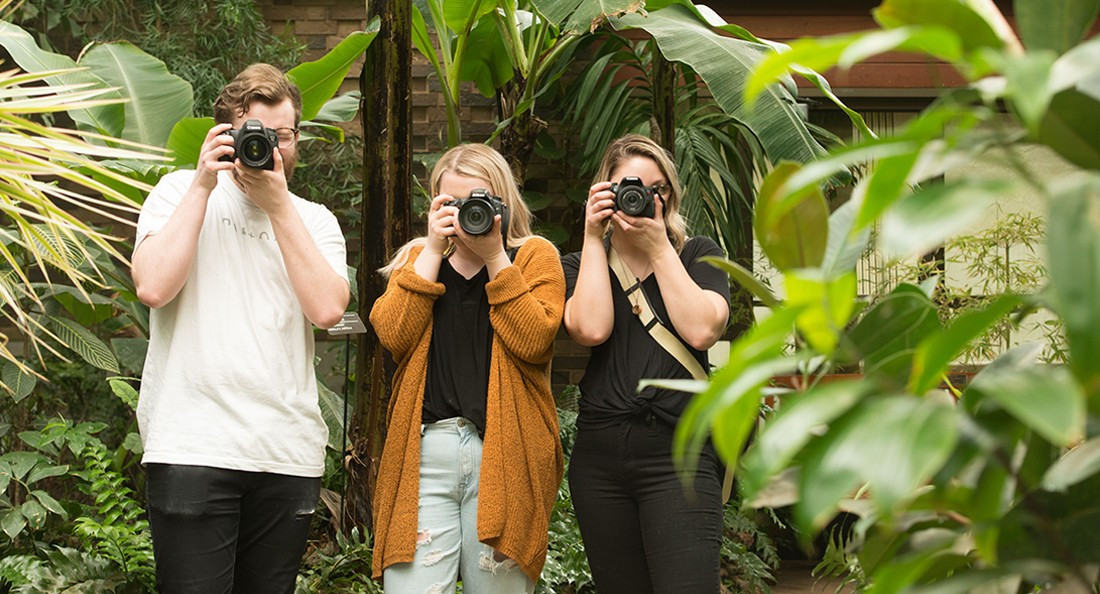Conserving memories
Last days of the Assiniboine Park Conservatory
On Jan. 12, 2018, the Assiniboine Park Conservancy (APC) announced the closure of the Conservatory. Its last day of operation will be April 2, 2018.
According to the Assiniboine Park website, future prediction of major building failure is cited as the reason for the closure. A week-long open house celebration farewell will be held from March 27 to April 2, featuring written, photographic and video memories submitted to their email or social media account.
People come to the Conservatory for many reasons: relaxation, dates, family time, reading, writing and photography.
For David Metcalfe, the Conservatory holds sentimental value and has special memories. He used to come to the Conservatory with his grandmother.
“My grandma used to do a lot of writing here when she was younger, so it has a lot of sentimental value to my family,” Metcalfe says.
The Conservatory has creatively stimulating elements that draw many creative types, including a great deal of photographers. Morgan McLachlan visited to shoot photos at the Conservatory for the third time, and for Adrian Csordas, the visit was his first time for both being at the Conservatory and learning how to handle a film camera (Pentax K1000).
With many different subjects – from people to plant to animal – the Conservatory is a great visual space for beginners, students and more experienced photographers.
Whether trying out a new lens like Kirsten Brenner, practicing with a borrowed Hasselblad medium-format camera with a waist level viewfinder like McLachlan, or roping classmates into helping with a school project like Shayleen Jagassar, the Conservatory seems to be a place that inspires many photographers.
The Conservatory’s atmosphere can also have a positive impact on physical and mental well-being. Steven Ross, a regular that comes a few times a month, says “(it’s) important to have something like this, especially in a province with a climate like this, (to) have somewhere you can go to readjust and smell the air. It is especially important for mental health.”
Another visitor, Mandi Martin, confirms that the air was the first thing she noticed when entering the building.
News of the Conservatory’s imminent closure has drawn a lot of attention and renewed interest. Many people were coming to see it one last time before the closure, while for others, like Csordas, it was their first time visiting the Conservatory.
“It’s great to get away from the snow and into (a) tropical environment,” Jagassar says. The publicity around the closure was the first time they had been made aware of it.
Many visitors are sad about the closure of the Conservatory. Assiniboine Park is set to host the Canada’s Diversity Gardens in place of the Conservatory.
Amidst concerns about the current creature and plant life that the Conservatory hosts, there is optimism surrounding the new Diversity Gardens. Others echoed a general concern surrounding cost, with hope that there will be student pricing or a membership program.
Many of the “mature plantings in the Palm House are too large to transplant, however wood from these trees may be used by wood turners to create a variety of products. Smaller plant materials will be repurposed if feasible,” according to the park website.
Diversity Gardens appears to be focused on being physically accessible and has many draws planned, such as a year-round butterfly garden. The current plan is to make the exterior gardens free and public, while the Leaf (the name of the facility/building) will be admission-based. There is no current publicly-announced program for cost at this time.
The Florida Strangler Fig (Ficus aurea) is found mostly in tropical-subtropical regions, where it is sometimes used as live fencing. The Giant Bird of Paradise a.k.a. Natal Wild Banada (Strelitzia nicolai) originates in South Africa, where it can grow along riverbanks. A pond at the Conservatory is home to many turtles, whose habitat includes watery aspects, as well as a heat lamp they use for sunbathing. The Conservatory is also home to a koi pond, where visitors can watch orange and white fish of many sizes. The leaves of the Panama Hat Plant (Carludovica palmata), from Central America, are used to weave hats (unsurprisingly) as well as baskets and other items. The Peace Lily (Spathiphyllum) does well in low light, and, in the Conservatory, it benefits from shade offered by larger trees. Adrian Csordas visits the Conservatory for the first time. Morgan McLachlan's favourite part of the Conservatory is this flower garden. Photographers taking in the Conservatory: Kyle Penner, Mandi Martin, Steven Ross and Shayleen Jagassar.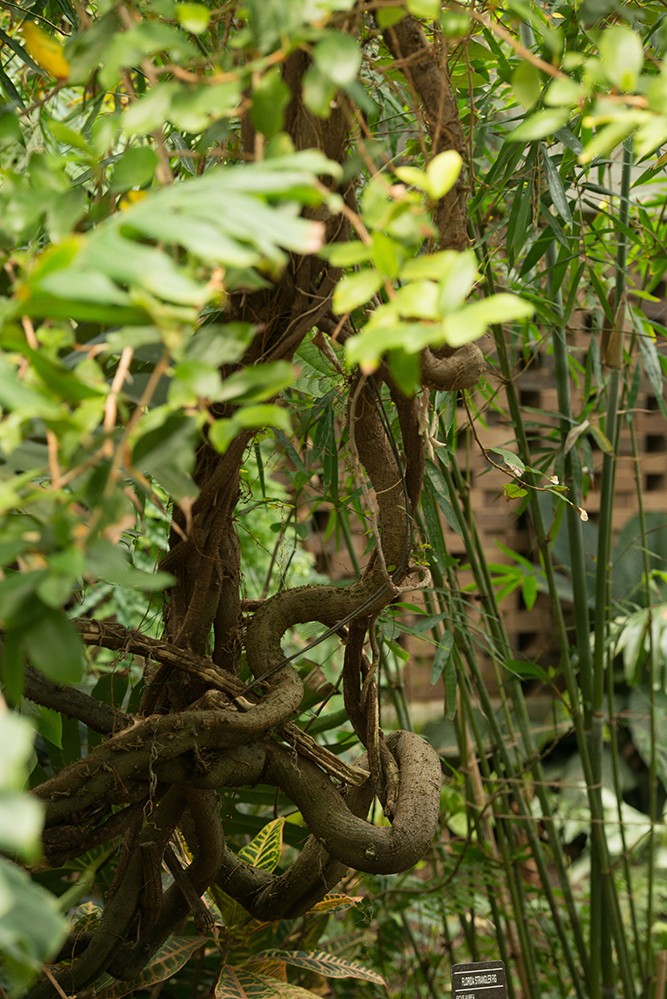
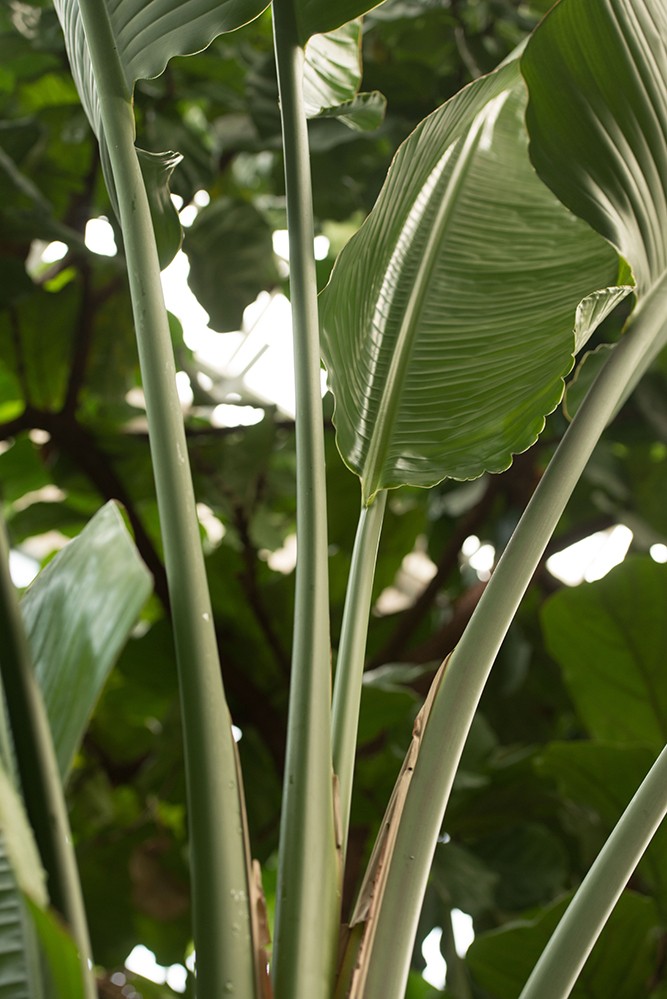
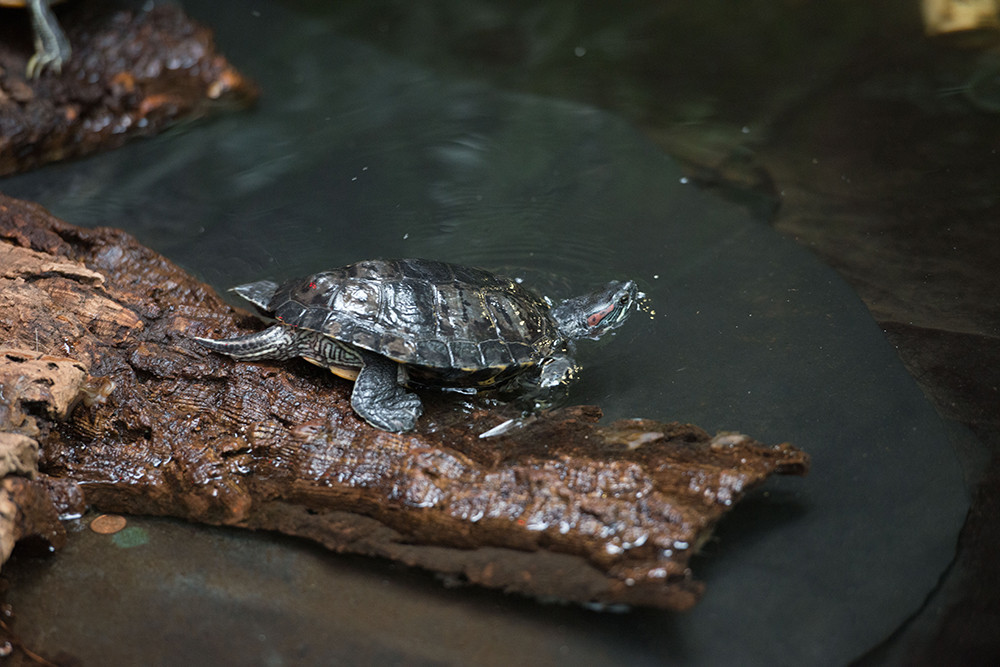
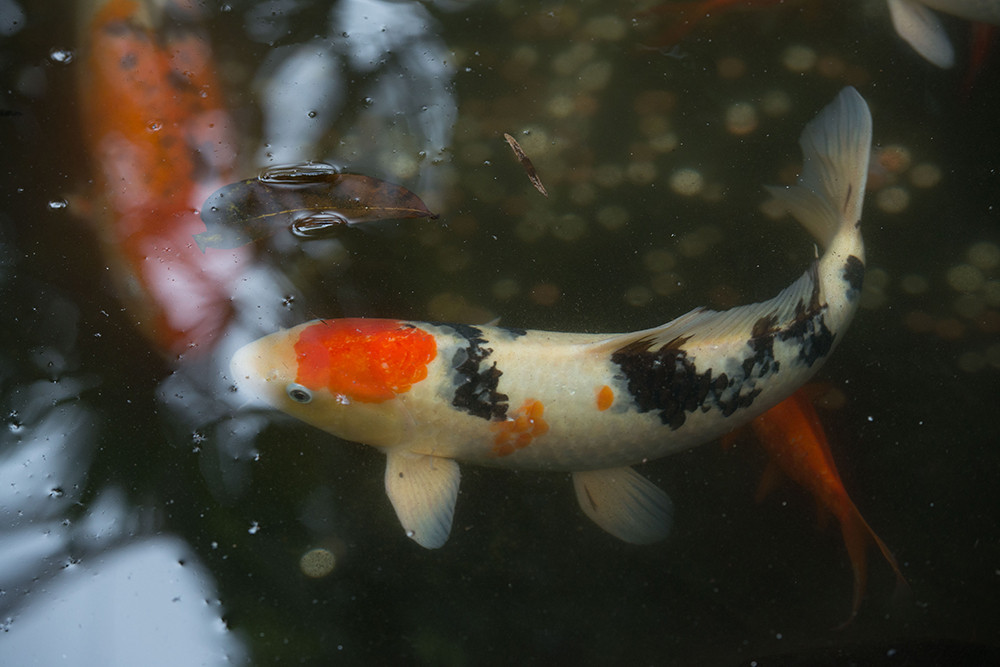
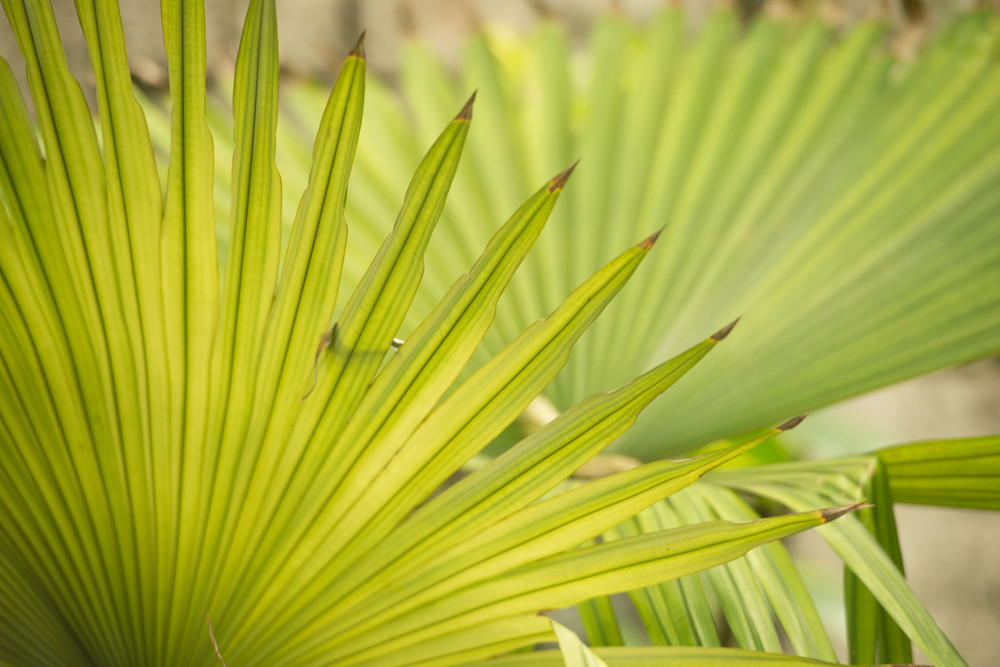
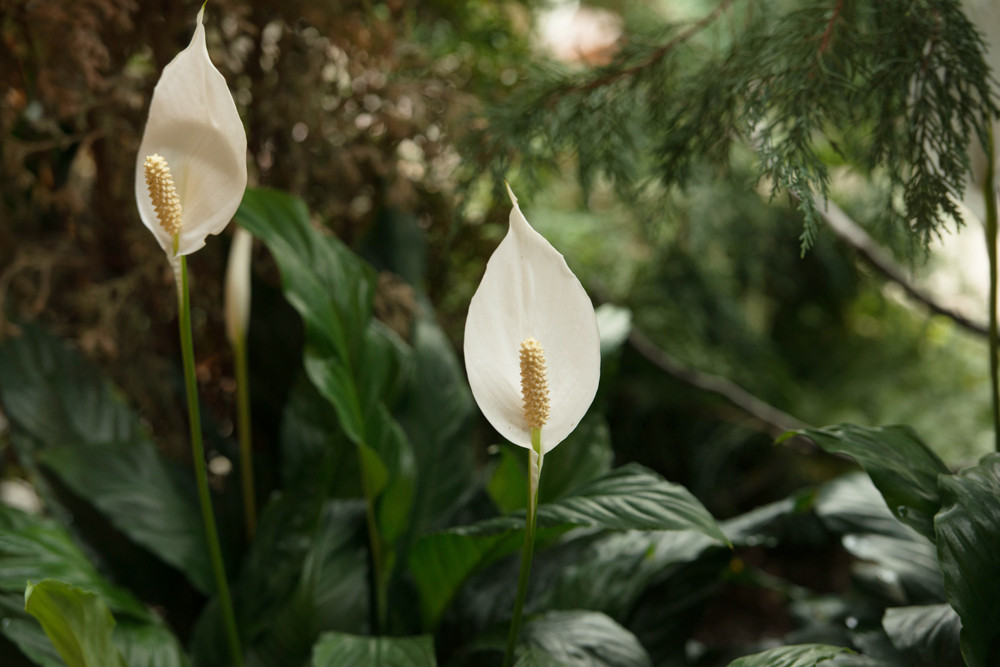
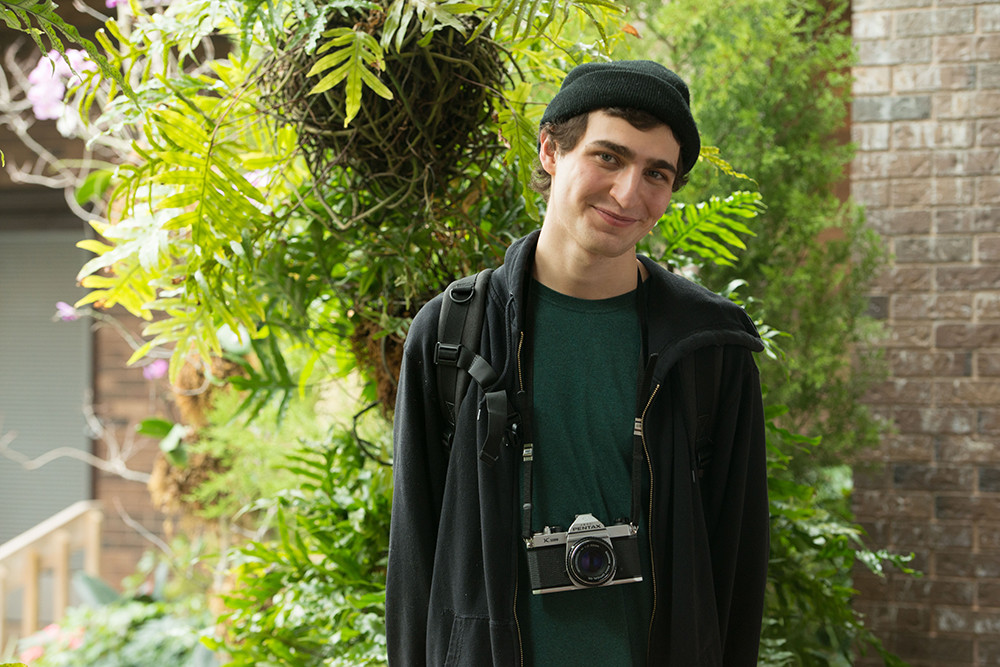

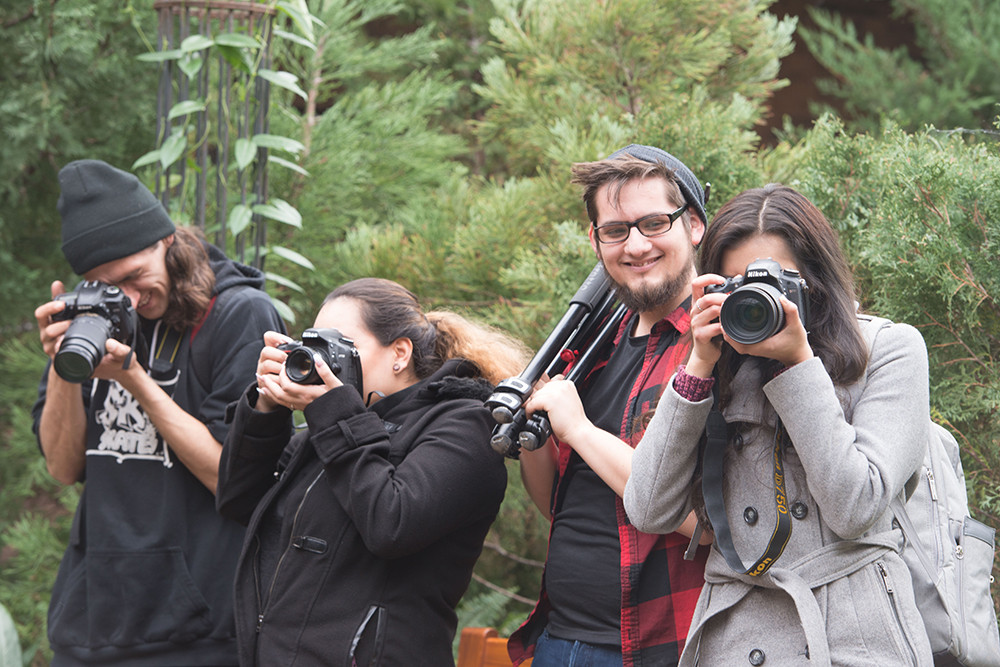
Sharing Conservatory memories on social media? Use the hashtag #conservatoryfarewell and tag @assiniboineparkzoo.
Published in Volume 72, Number 22 of The Uniter (March 22, 2018)

